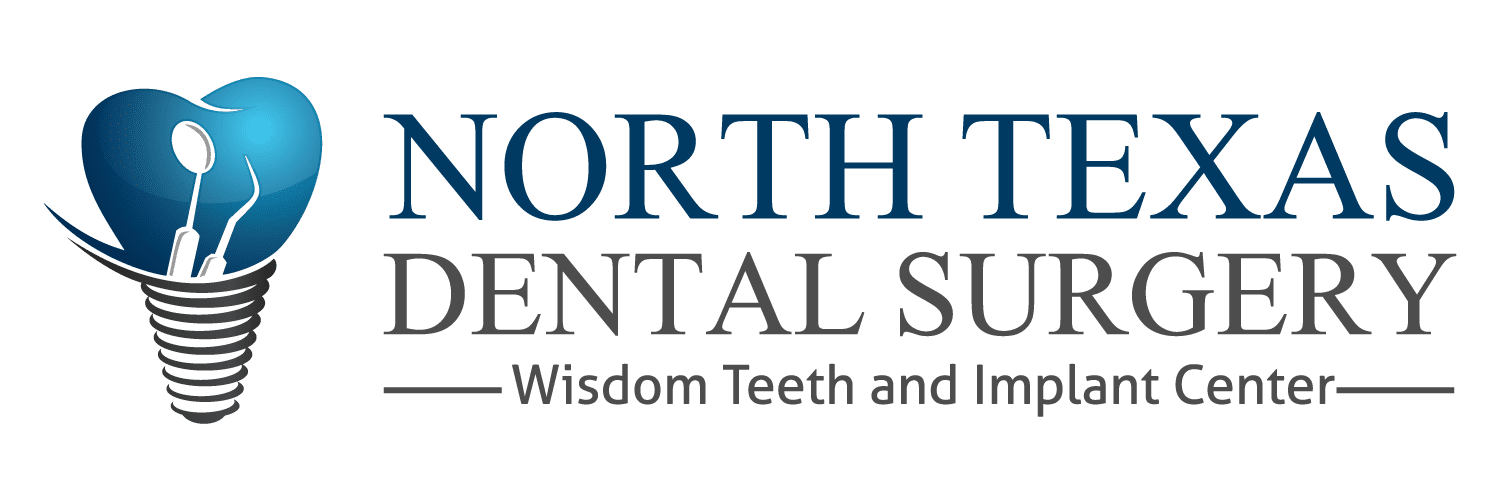3-on-6 vs. All-on-4 / FP1 / FP3: What Patients Need to Know
Introduction
When it comes to replacing a full set of teeth with dental implants, there are several different treatment options available. If you've been researching online, you may have come across terms like 3-on-6, All-on-4, FP1, and FP3. Each of these describes a different way of restoring a smile using dental implants, but understanding the differences can be overwhelming.
At North Texas Dental Surgery, Dr. Daniel Choi sat down with our prosthodontists, Dr. Syed and Dr. Lazaro, and our colleague Dr. Koo, to break down these options, discuss the science behind them, and share what really matters for long-term success. Here's everything you need to know—explained in plain language—so you can feel confident about your dental implant journey.
A Quick Overview of the Options
- FP1 ("teeth only"): A bridge designed to look like natural teeth emerging from gums (no pink ceramic). Very natural, but only suitable for a narrow group of patients.
- FP3 / All-on-4 ("teeth + pink"): A single full-arch bridge that replaces teeth and missing gum tissue with pink ceramic for support. Most versatile and predictable for long-term results.
- 3-on-6: Three separate bridges attached to six implants. Often marketed as a "keep your bone, natural gum look" solution, but not widely supported by long-term scientific evidence.
Evidence vs. Marketing
Dentistry is constantly evolving, but treatments must be based on long-term data and biology. While new branded ideas like 3-on-6 may sound appealing, it's important to look for peer-reviewed research and real-world outcomes—not just marketing claims.
FP1: Great for the Right Patient
FP1 is designed to mimic natural teeth without replacing missing gum tissue.
- Best for: Patients with thick bone, thick gums, a low smile line, and excellent hygiene.
- Risks: Gum triangles (papilla) are hard to maintain long-term, which can lead to food traps and visible spaces.
- Reality: FP1 can look beautiful, but only works predictably in a small group of patients with the right anatomy.
FP3 / All-on-4: Widest Candidacy, Predictable Results
FP3 includes both teeth and pink ceramic to replace lost gum tissue.
- Strengths: One solid piece provides cross-arch stabilization, which spreads biting forces and protects implants.
- Great for: Patients with bone/gum loss, higher smile lines, or heavy clenching/grinding.
- Bonus: Easier to design with cleanable surfaces, making long-term maintenance more predictable.
3-on-6: Concerns from Our Team
While the 3-on-6 has been heavily marketed, there are significant concerns:
- Biomechanics: Segmenting the arch removes cross-arch stabilization, leading to more stress on screws, abutments, and implants.
- Claims vs. reality: Suggestions that 90% of patients are candidates or that separating bridges "makes bone stronger" don't align with well-established implant science.
- Hygiene and esthetics: Gum and bone can still recede, creating food traps and esthetic issues over time.
- Evidence gap: Unlike FP3, which has decades of published support, there is little independent, peer-reviewed research on 3-on-6.
Why Bone & Gum Biology Matters
- Horizontal grafting (width) is common and predictable.
- Vertical grafting (height) is harder and less predictable long-term.
- Even the best surgeons can't fully guarantee permanent gum triangles (papilla) between implants.
Hygiene & Maintenance: Non-Negotiable
- A cleanable design is critical—smooth, convex surfaces are healthiest.
- Poorly designed prostheses trap food and bacteria, no matter the system used.
- Patients must commit to professional cleanings, home care tools like a Waterpik, and regular check-ups.
How We Guide Patients
At North Texas Dental Surgery, we:
- Perform both FP1 and FP3 when appropriate.
- Recommend the plan that matches your bone, gums, bite, and smile line.
- Set realistic expectations for how your smile will look and feel over time.
- Prioritize designs that are cleanable, strong, and predictable.
- Back our work with a clear warranty and support for long-term care.
Conclusion
Full-arch implants are life-changing, but they're also a major investment of time, money, and trust. The key takeaway from our discussion is that no single solution fits everyone.
- FP1 can deliver stunning results for carefully selected patients.
- FP3 / All-on-4 remains the most versatile and reliable option for most people.
- 3-on-6, while marketed heavily, lacks the long-term evidence and stability we expect for predictable patient outcomes.
When considering your options, focus on biology, evidence, and maintenance—not marketing. And remember—your smile, bite, and oral health are unique. The best plan will always be the one tailored to you.

